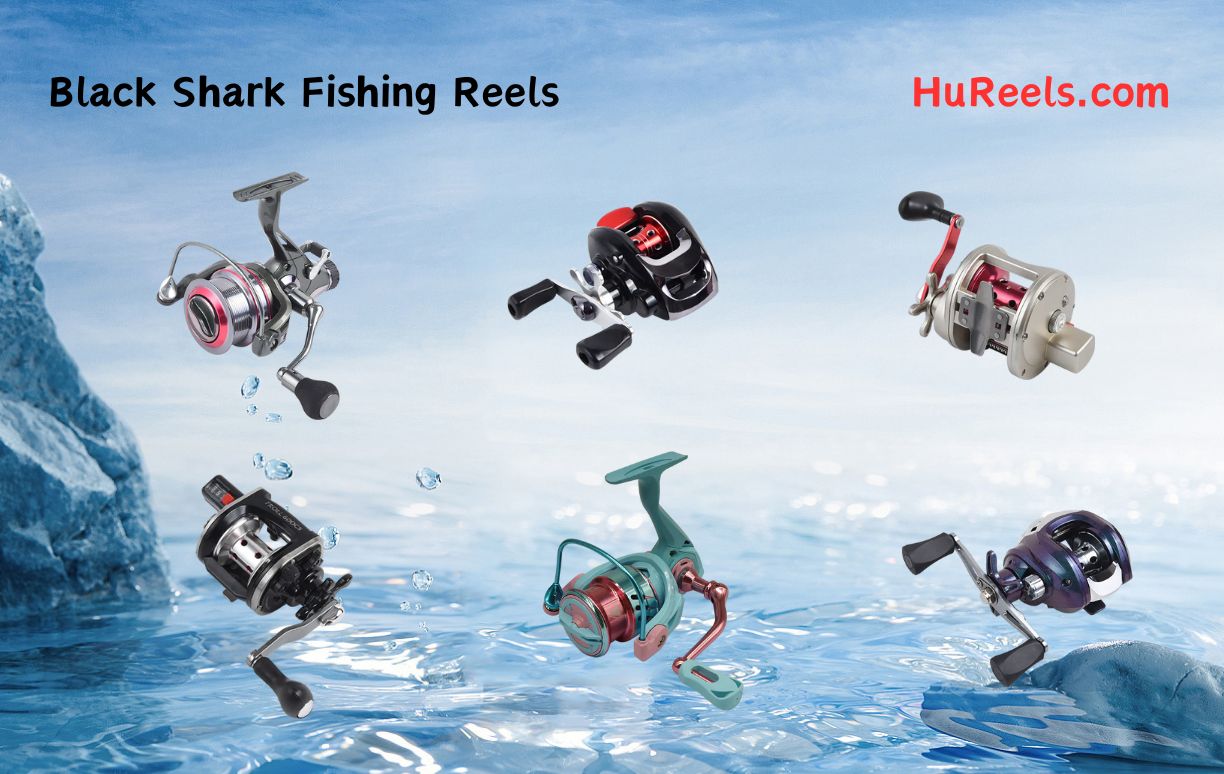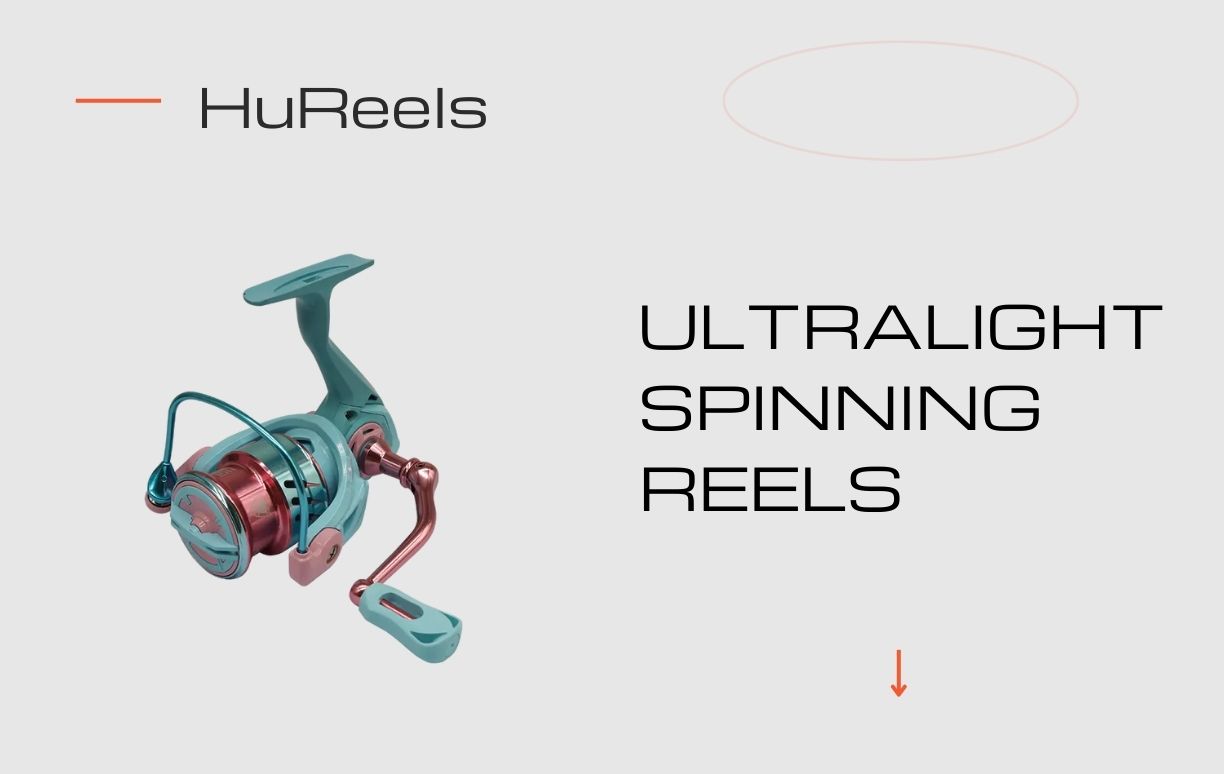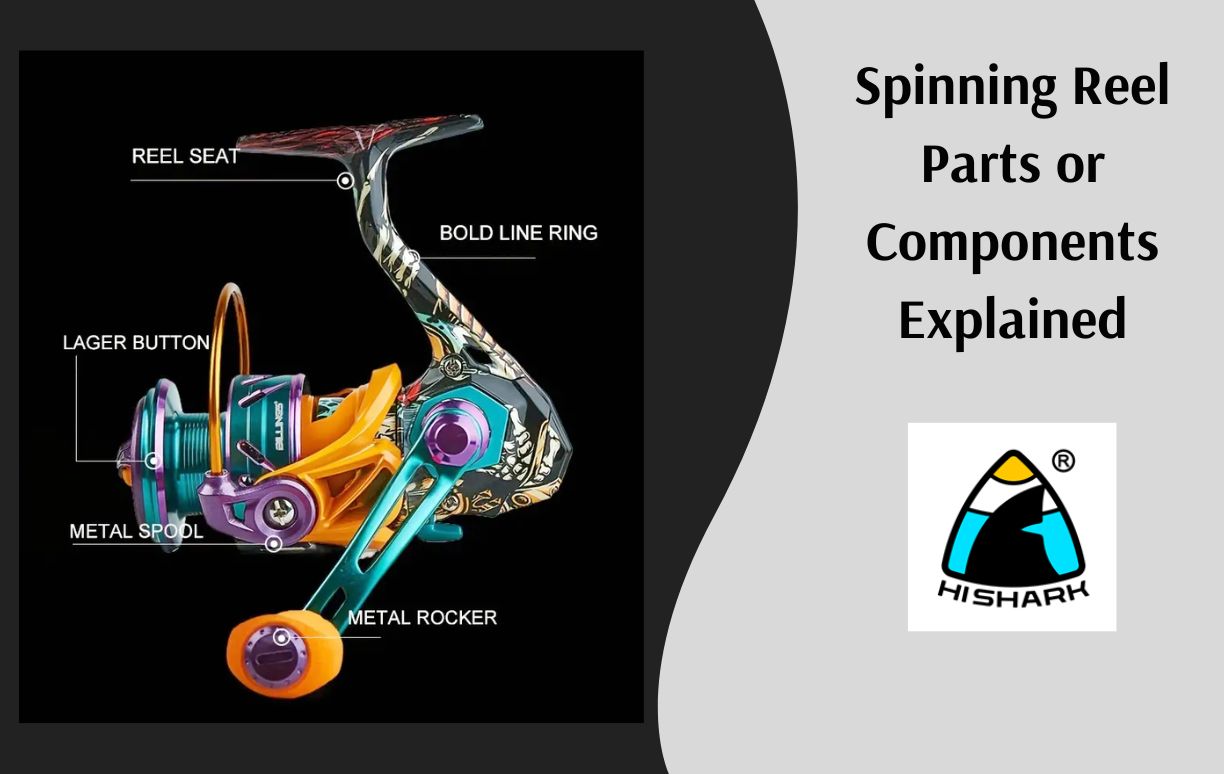
How to Select A Spinning Reel Size?
Choosing the right spinning reel sizes is crucial for any angler aiming to optimize their fishing experience. Whether you’re targeting freshwater bass or battling saltwater giants, selecting the appropriate reel size ensures efficiency, comfort, and ultimately, success on the water.
This guide will delve into the nuances of spinning reel sizes, covering everything from understanding fishing reel specifications to practical considerations like gear ratio and line capacity.
Understanding Spinning Reel Sizes
What Do the Numbers Mean?
- Spinning reels are categorized by numbers such as 1000, 2500, 4000, etc. These numbers denote the size and capacity of the reel. From 1000 to 6000 usually we call small spinning reels. Larger numbers generally indicate large size spinning reels with greater line capacity and heavier spools, while smaller numbers represent lighter, more compact reels suitable for lighter lines and smaller fish species.
Key Factors to Consider
- When choosing a spinning reel size, consider factors such as the type of fishing you plan to do, the size of the fish you expect to catch, and the type of fishing rod you’ll pair it with. Matching your reel size to your rod ensures a balanced setup, optimizing casting performance and overall comfort during prolonged fishing sessions.
Matching Reel Size to Fishing Rod
Balancing the Combo
- A well-balanced rod and reel combo is essential for an enjoyable fishing experience. A mismatched setup can lead to poor casting performance, fatigue, and difficulty in handling the fish. Generally, lighter reels (1000-3000 size) pair well with light to medium rods, while heavier reels (4000 and above) are suitable for medium to heavy rods.
Types of Fishing Techniques
- Different fishing techniques require different reel sizes. For example, ultralight spinning reels (1000-2000 size) are ideal for finesse fishing and targeting small species, while larger reels (4000-5000 size) are better for surf fishing and battling larger fish in saltwater environments.
Line Capacity and Strength
Importance of Line Capacity
- Line capacity is the amount of fishing line that a reel can carry. It is usually specified in yards for different line strengths (e.g., 150 yards of 10 lb test line). Sufficient line capacity is crucial for long casts and handling strong, running fish. Ensure the reel size you choose can accommodate the line strength needed for your target species and fishing environment.
Choosing the Right Pound Test
- The pound test of your fishing line should match the reel’s capacity and the type of fish you are targeting. For smaller fish, a 6-10 lb test line with a 1000-2500 size reel is suitable. For larger fish, a 15-25 lb test line with a 4000-5000 size reel is recommended. Always check the reel’s specifications to ensure compatibility with your preferred line.
Gear Ratio and Retrieval Rate
How Gear Ratio Affects Performance
- The gear ratio of a spinning reel indicates how many times the bail rotates around the spool with one turn of the handle. For example, a 6:1 gear ratio means the bail rotates six times for each turn of the handle. Higher gear ratios (6:1 and above) provide faster retrieval rates, making them ideal for techniques that require quick line pickup, such as topwater fishing. Lower gear ratios (5:1 and below) offer more torque, which is beneficial when fighting strong, hard-pulling fish.
Retrieval Rate Considerations
- The retrieval rate, often measured in inches per turn (IPT), is another important factor. It indicates how much line is retrieved with each turn of the handle. A higher IPT is advantageous for fast-paced fishing, while a lower IPT provides better control and power for battling fish. Match the retrieval rate to your fishing style and the species you’re targeting for optimal performance.
Special Features and Innovations
Modern spinning reels come with various features and innovations that enhance performance and user experience. Look for reels with an anti-reverse mechanism to prevent the handle from turning backward, ensuring solid hook sets.
A smooth and adjustable drag system is also crucial for managing the tension during a fish fight, preventing line breakage. Additionally, consider reels made from durable materials like aluminum or carbon fiber for longevity and reliability in different fishing conditions.
Conclusion of spinning reel sizes
Choosing the right spinning reel sizes is not just about numbers; it’s about understanding how each specification translates into real-world fishing scenarios. By considering factors such as reel size, line capacity, gear ratio, and special features, anglers can tailor their gear to match their fishing style and target species effectively. Remember, the ultimate goal is not just catching fish but enjoying every moment spent on the water with the right equipment in hand.


















